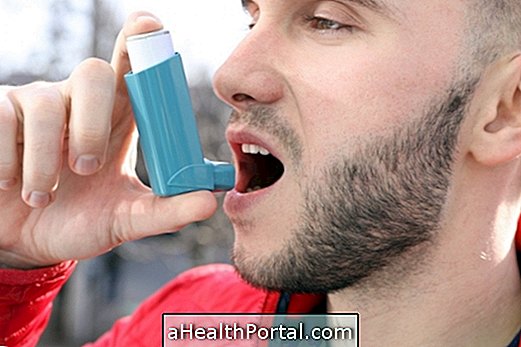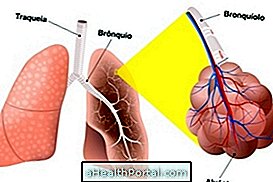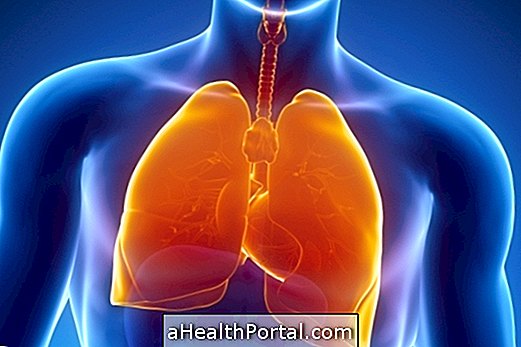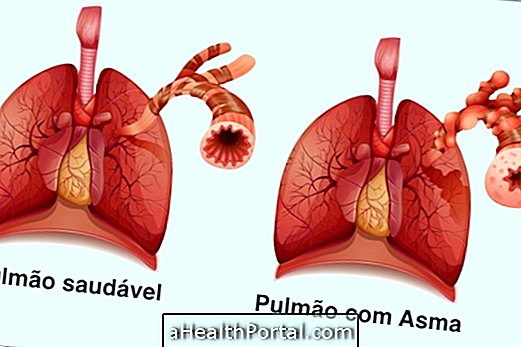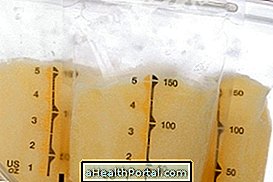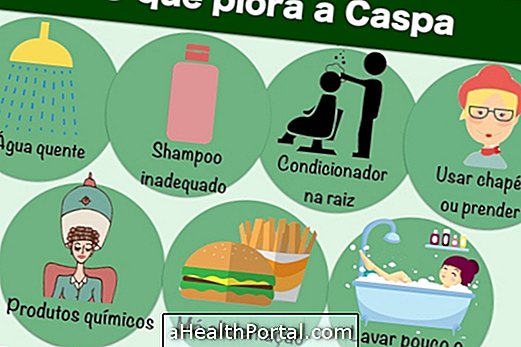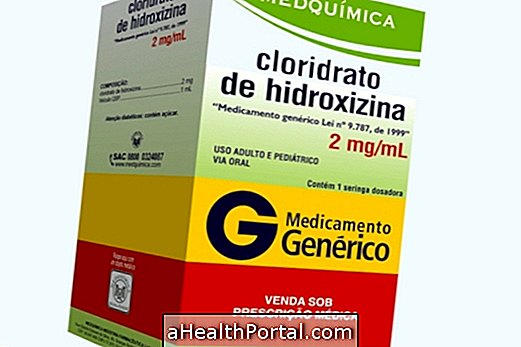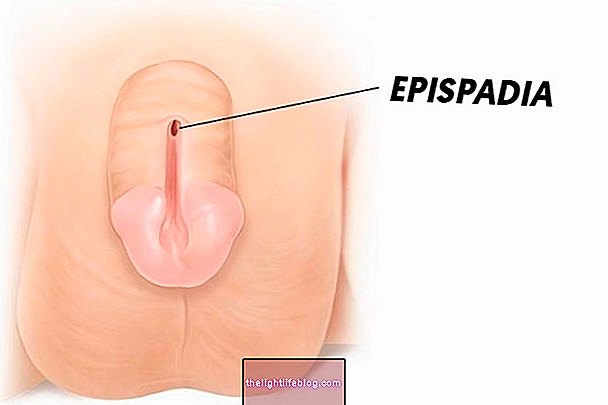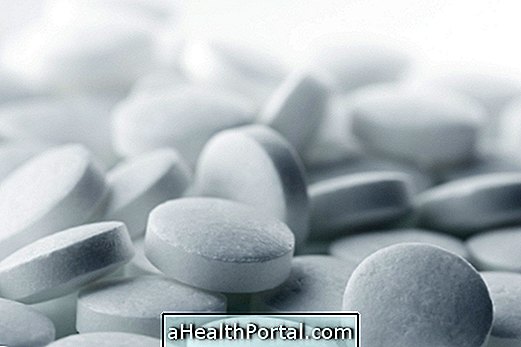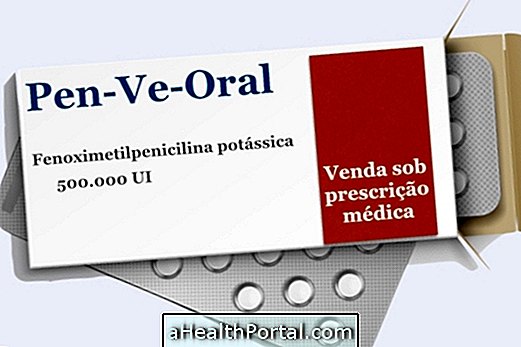Acute pulmonary edema, also known as acute pulmonary edema or pulmonary edema, is an emergency situation, characterized by the accumulation of fluid inside the lungs that causes difficulty in breathing and a feeling of drowning, which can lead to death.
Generally, acute pulmonary edema is more common in patients with cardiovascular problems, such as congestive heart failure or hypertension, due to the increased pressure in the capillaries of the lungs that causes blood to enter the alveoli in the lungs, creating a similar situation to drowning.
Acute pulmonary edema has a cure, however, it is important to call an ambulance immediately or take the patient to the emergency room as soon as possible to begin treatment with diuretic and oxygen medicines, avoiding a respiratory arrest.
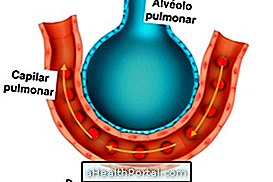

Treatment for acute pulmonary edema
Treatment for pulmonary edema should be done at the hospital with oxygen and diuretic medicines, such as Furosemide, which help eliminate excess fluids from the lungs.
Normally, the patient needs to be hospitalized for about 7 days, during which time it is important to control the problem that led to pulmonary edema, as well as respiratory physiotherapy to improve oxygen levels and accelerate recovery.
Learn all about treatment in: Treatment for pulmonary edema.
Symptoms of Acute Pulmonary Edema
The main symptoms of acute pulmonary edema, in addition to the high difficulty breathing, include:
- Bluish or purplish fingertips;
- Purple lips;
- Accelerated heart;
- Cold sweats;
- Chest pain;
- Pallor.
Whenever the patient is having trouble breathing, it is important to go to the emergency room immediately or call an ambulance, call 192, to make diagnostic tests, such as X-rays, and initiate appropriate treatment.
Here's how to keep your cardiovascular problems under control to prevent the development of pulmonary edema:
- Cardiac insufficiency
- Home remedy for high blood pressure
- Foods for lowering blood pressure
